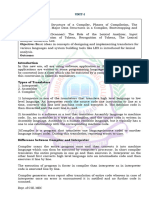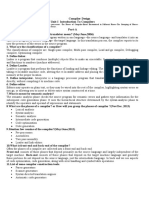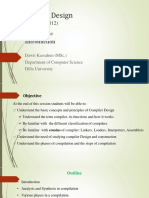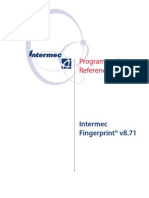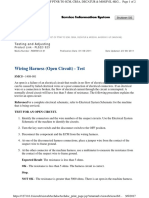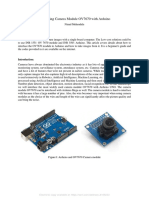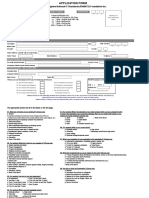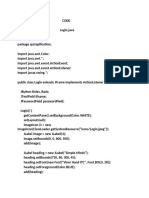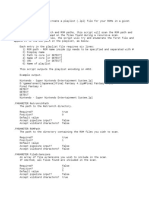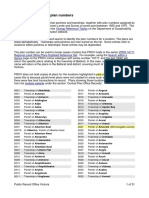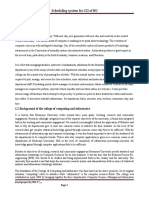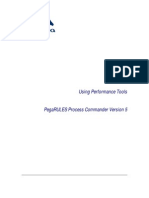0% found this document useful (0 votes)
88 views32 pagesCD Introduction
The document describes the key phases of a compiler:
1) Lexical analysis converts characters into tokens which are passed to the syntax analyzer.
2) Syntax analysis generates a parse tree by checking token arrangements against the grammar.
3) Semantic analysis checks that rules like type compatibility are followed.
4) Intermediate code is generated in a form easier to convert to machine code.
5) Code optimization rearranges statements to improve performance before code generation.
Uploaded by
John SonCopyright
© © All Rights Reserved
We take content rights seriously. If you suspect this is your content, claim it here.
Available Formats
Download as PPTX, PDF, TXT or read online on Scribd
0% found this document useful (0 votes)
88 views32 pagesCD Introduction
The document describes the key phases of a compiler:
1) Lexical analysis converts characters into tokens which are passed to the syntax analyzer.
2) Syntax analysis generates a parse tree by checking token arrangements against the grammar.
3) Semantic analysis checks that rules like type compatibility are followed.
4) Intermediate code is generated in a form easier to convert to machine code.
5) Code optimization rearranges statements to improve performance before code generation.
Uploaded by
John SonCopyright
© © All Rights Reserved
We take content rights seriously. If you suspect this is your content, claim it here.
Available Formats
Download as PPTX, PDF, TXT or read online on Scribd
/ 32



























